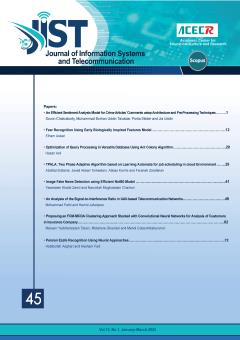The emerging field of compressive sensing (CS) enables the reconstruction of the signal from a small set of linear projections. Traditional CS deals with a single signal; while one can jointly reconstruct multiple signals via distributed CS (DCS) algorithm. DCS inversion method exploits both the inter- and intra-signal correlations via joint sparsity models (JSM). Since the wavelet coefficients of many signals is sparse, in this paper, the wavelet transform is used as sparsifying transform, and a new wavelet-based Bayesian DCS algorithm (WB-DCS) is proposed, which takes into account the inter-scale dependencies among the wavelet coefficients via hidden Markov tree model (HMT), as well as the inter-signal correlations. This paper uses the Bayesian procedure to statistically model this correlations via the prior distributions. Also, in this work, a type-1 JSM (JSM-1) signal model is used for jointly sparse signals, in which every sparse coefficient vector is considered as the sum of a common component and an innovation component. In order to jointly reconstruct multiple sparse signals, the centralized approach is used in DCS, in which all the data is processed in the fusion center (FC). Also, variational Bayes (VB) procedure is used to infer the posterior distributions of unknown variables. Simulation results demonstrate that the structure exploited within the wavelet coefficients provides superior performance in terms of average reconstruction error and structural similarity index.
Manuscript profile


